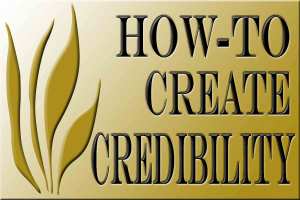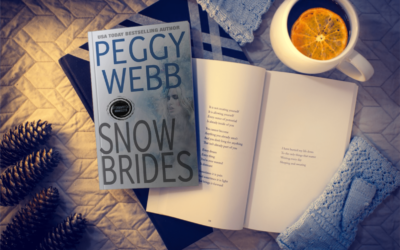WARNING: This is a no-edit zone…
Remember how I said that questions tend to come in clusters. Well, the current cluster relates to credibility and events, all of which relate to character and human behavior.
In novels, we create stories that center around conflicts–the novel’s spine. The conflict is what kicks off the story, keeps it going and the doubt about the outcome or resolution to the conflict is what keeps writers writing and readers reading.
So credibility and events impact significantly–even if your novel is a futuristic fantasy or an otherworldly place and peopled with fairies and gnomes and bizarre creatures straight out of your imagination.
How do you make those imaginings credible? That seems to be the core of the cluster questions.
To answer that we need to look not at the story but at the reader, who is human. At how readers relate to characters. And at base level, we need to answer the question: What makes the reader feel?
The short answer is: Universal emotion. Evoke that and your reader can relate and s/he will identify with the otherworldly character/event and respond emotionally–s/he will feel.
The long version, explanation…
The reader, being human, has qualities most other humans have, and most react similarly to given situations, events and conduct or behavior. Let’s look at an example:
A young mother is out walking her twin children. She’s behind a stroller built for twins. The babies–toddlers at two–are in the stroller. As mom is pushing them down the edge of the street–there are no sidewalks, no bike lanes–she is singing to the children, one of whom is sucking her thumb. The other is chewing a Veggie Puff and arranging several others shaped like stars on a little tray built into the stroller. The sun is shining, the birds in the thick trees casting shadows on the street are singing. It’s a normal morning.
Now a car squeals its tires rounding a corner ahead. The noise startles the children, scares them and they begin crying. Mom stops to soothe them, stooping down at the stroller. The roar of an engine grows louder; she looks up. The car aims right for her–and there’s nowhere for her to go. She could run, but that leaves the babies exposed. She shoves at the stroller. The car collides with her. The babies are wailing from the safety of the grass. The driver is slumped over the wheel inside the car. The mother is on the street, dead.
The typical and normal turned tragic. The mother sacrificing herself for her children. The unexpected altering everything in a blink.
Most human beings can relate. Most have experienced or fearfully imagined something normal turning tragic and altering their lives. They might be the mother or the child or the driver, but at core emotional levels, they can relate.
And most will then project onto the novel situation the ways in which their own real lives were permanently changed/altered by the events they experienced.
So even if you’re incorporating fantasy elements or characters, given human qualities or traits in behavioral patterns gives the character credibility and the reader the means to relate.
Relating is critical. A reader can’t care what happens enough to read the book unless s/he connects to the character. And the way you do that is through behavior–and universal emotion.
Do that, and even the most impossible seems plausible because you’ve given the vehicle for it to become so. Do establish the normal first so that the reader is relating at the time of the turning point. Once relating, then you can engage universal emotion because the reader is connected.
If you hit that turning point before the reader is engaged, s/he can’t or won’t feel because they aren’t yet invested.
So to develop credibility:
1.Establish the normal on a universal, emotional level. The everyday, average, ordinary the reader recognizes, relates to, connects with. Once the reader is connected to the characters (understands the rules of the world you’ve created), then…
2.Turn the world on its ear. And do so through an event or action that is universal in that most of us have an experience or a fear that relates.
It’s a simple but effective method of creating credibility–even in imagined worlds peopled with atypical characters.
Blessings,
Vicki





